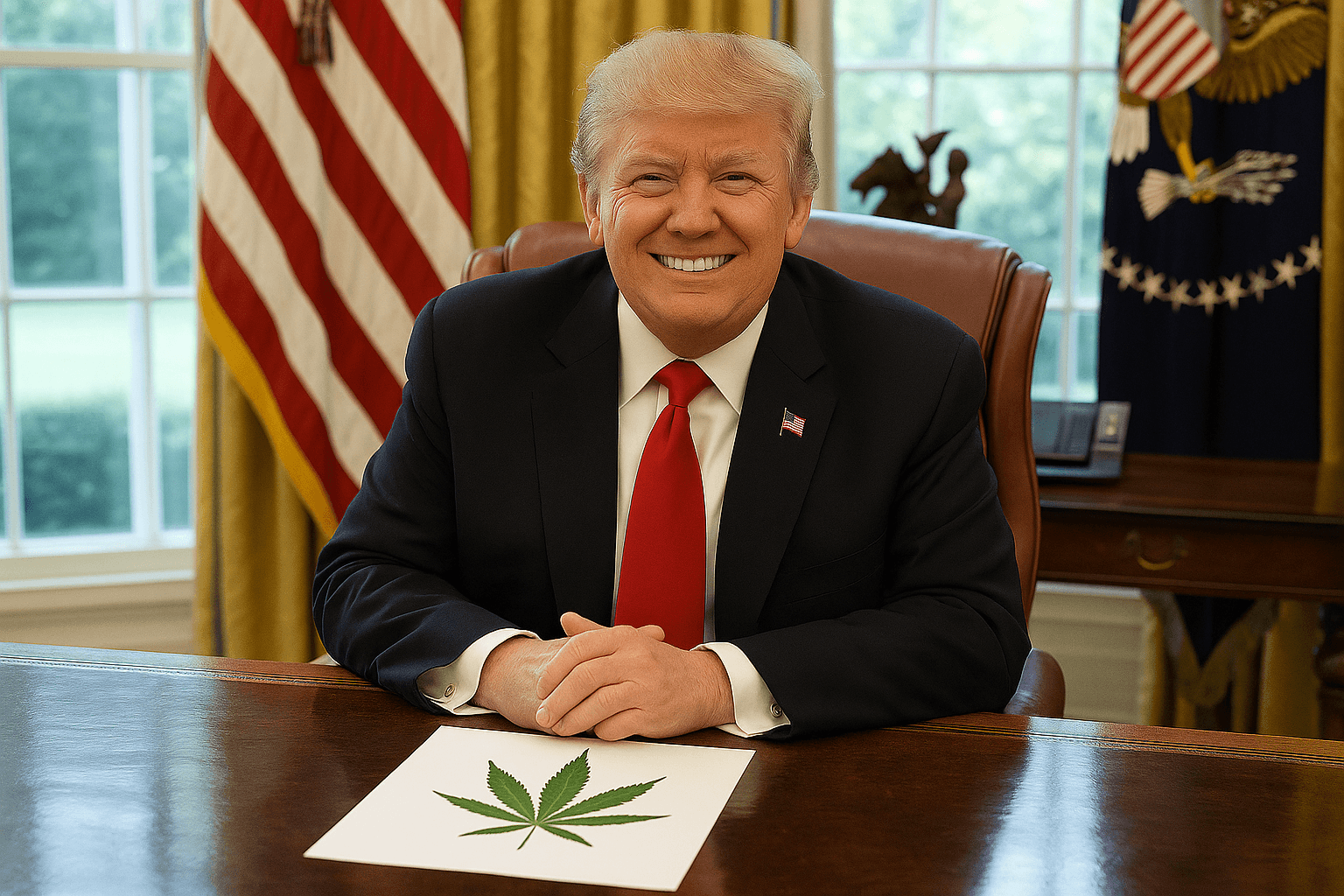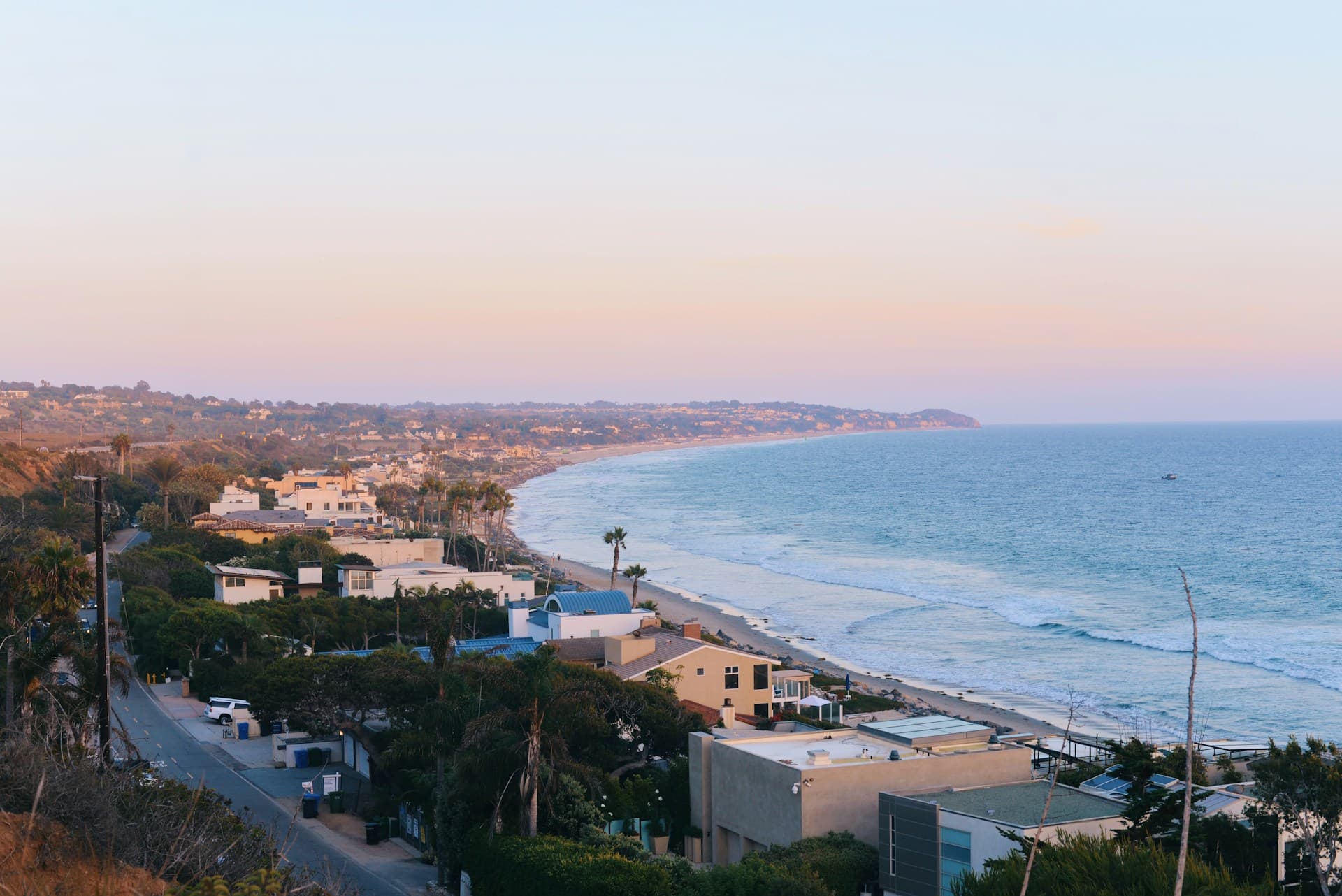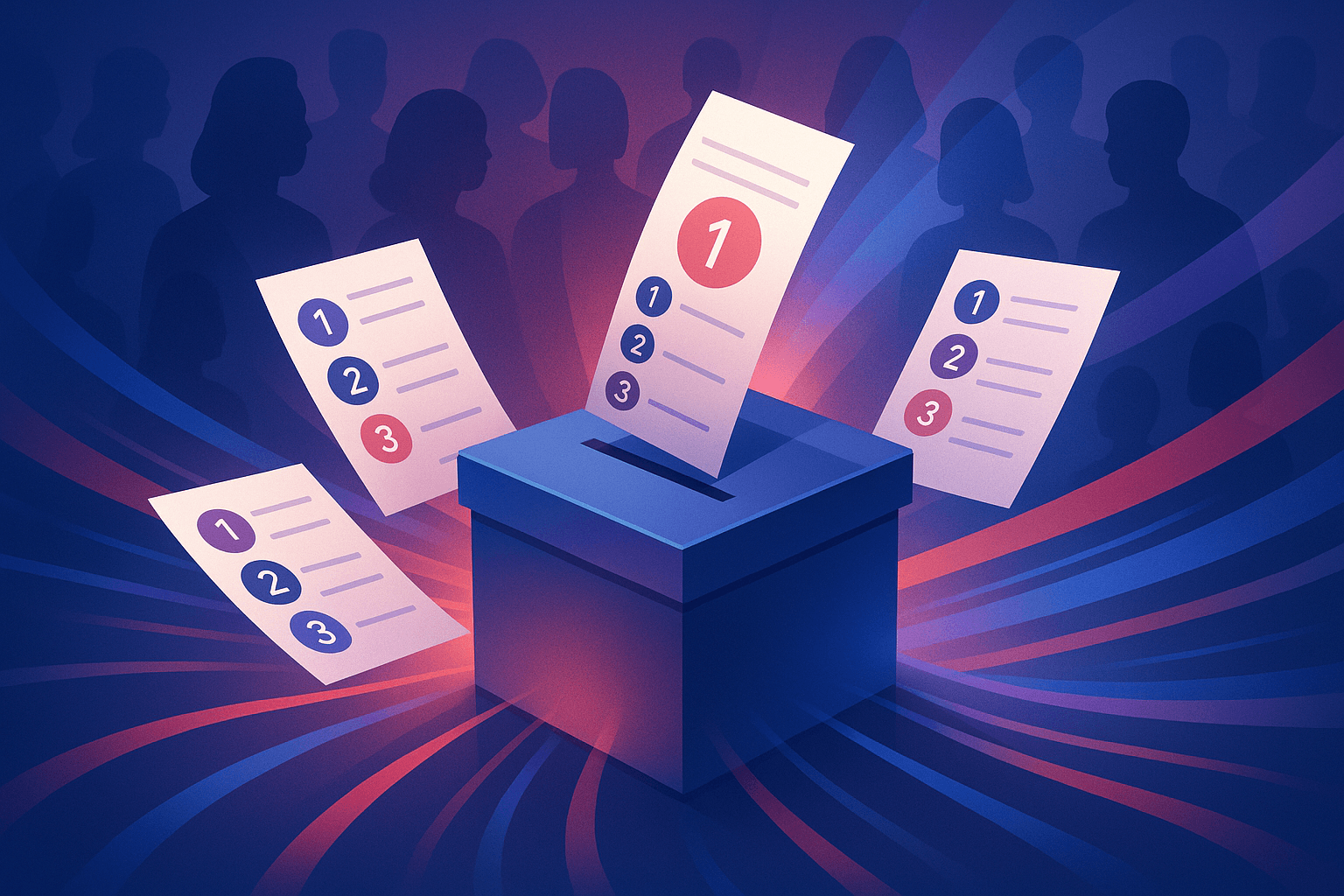Militarization in San Diego

Public safety is an issue this election season, but the events of last Friday leave voters asking the question, public safety for whom? When city leaders talk about what they will do to protect the public, who are they talking about, who is being protected, and who is being patrolled?
Last Friday, the City of San Diego deployed the largest law enforcement presence that San Diego has seen in recent memory. The presence of hundreds of police, some in uniform, some in plain clothes, and some equipped with riot gear and armored vehicles were ostensibly deployed to maintain public safety at the protest held outside the Trump rally. But hours after the rally ended, this police force was ordered into the residential neighborhood of Barrio Logan, a mile away, where police detained and arrested residents -- including children -- for unlawful assembly.
It is worth pausing to remember that the right to assemble and to speak in protest or in any other form is a right afforded to us by the First Amendment and is a cornerstone of our democracy. That right is the difference between freedom and repression. And it is the exercise of that right that women, communities of color, and other disenfranchised communities have used to demand equal treatment under the law -- including the right to vote -- from a government that would not give it to them.
Under our laws, the government can only abridge our First Amendment rights when there is a clear and present danger of imminent violence, and it can only act against those who form that danger. What it cannot do is use the declaration of that danger in one place to abridge freedom in another. What it cannot do is use the actions of some as an excuse to detain and arrest others. But that is exactly what our city government did in Barrio Logan last Friday. Here is what happened:
1:00 pm - Over 1,000 community members march from Barrio Logan to downtown San Diego to peacefully protest Donald Trump. The group that came from Barrio Logan was well organized and included elderly, youth, and families.
2:17 pm - San Diego Police Department (SDPD) issues a situational report stating, “All protests have been peaceful.”
2:45 pm - The Barrio Logan contingent march back to their neighborhood for a closing rally at Chicano Park.
3:30 pm - The peaceful rally at Chicano Park ends, organizers thank participants for coming, and families return home.
3:45 pm - Meanwhile in downtown, the media reports that the number of protesters has “dwindled significantly.”
3:45 pm - About that same time, Trump supporters emerge from the Convention Center and tensions rise.
4:00 pm - Trump supporters shoot pepper spray at the remaining protesters. Other altercations ensue. None of the altercations involve the organized Barrio Logan contingent that has already returned to the neighborhood.
4:38 pm - SDPD issues another situational report stating, “Crowd behavior has become unlawful. An unlawful assembly has now been declared. It is illegal to remain in the area.”
5:00 pm - Hundreds of police in riot gear push people out of the area and onto Harbor Drive, arresting those who they allege are not dispersing willingly.
6:00 pm - A wall of police, stretching the width of Harbor Drive, march towards Barrio Logan, a full mile away, and police confront everyone in their path, tackling and arresting bystanders.
7:00 pm - Police surround, detain, and arrest community members with squad cars, armored vehicles, and hundreds of law enforcement officials, alleging that the residents unlawfully assembled.
Of the estimated 33 arrests, ACLU reports that roughly half of the arrests were made in Barrio Logan, hours after the Trump rally and a full mile away. At least one of those arrests included a child.
Trump congratulated SDPD in a tweet, stating that they did a “fantastic job on handling the thugs who tried to disrupt our very peaceful and well-attended rally.” The police chief tells the media, “I could not be more proud of the way we handled the situation.”
The residents of Barrio Logan, who were subject to a de facto militarized clamp down of their neighborhood, far away from where the police had declared an unlawful assembly, disagree. Thanks to eyewitness accounts, pictures, and videos, San Diegans can see for themselves what happened.
On Tuesday, a coalition of organizations that includes Alliance San Diego, ACLU, American Friends Service Committee, the National Lawyers Guild, and Unión del Barrio, the organizers of the Barrio Logan contingent that marched to and from downtown in peaceful protest, reached out to Mayor Faulconer to request a meeting to discuss their concerns.
The Barrio Logan coalition also held a press conference to raise their concerns publicly and bring to light what happened in Barrio Logan, hours after the Trump rally had ended.
Today, the ACLU filed a Public Records Act request with the city asking these questions, among others, about the Friday deployment of a militarized police force into Barrio Logan:
- How many law enforcement officers were deployed and from where?
- How much did it cost and who paid for it?
- How did the police determine that the assembly downtown was unlawful?
- Why was a paramilitary force used in Barrio Logan?
- How many arrests were made and for what, including arrests of minors?
Perhaps the biggest question of all is “who is protected?” and “who is patrolled?” by our city leaders. Public safety is something we all want and, in this election season, voters deserve more than platitudes. They deserve a demonstrable commitment by those who seek our votes that all of us will be treated equally under the law.




